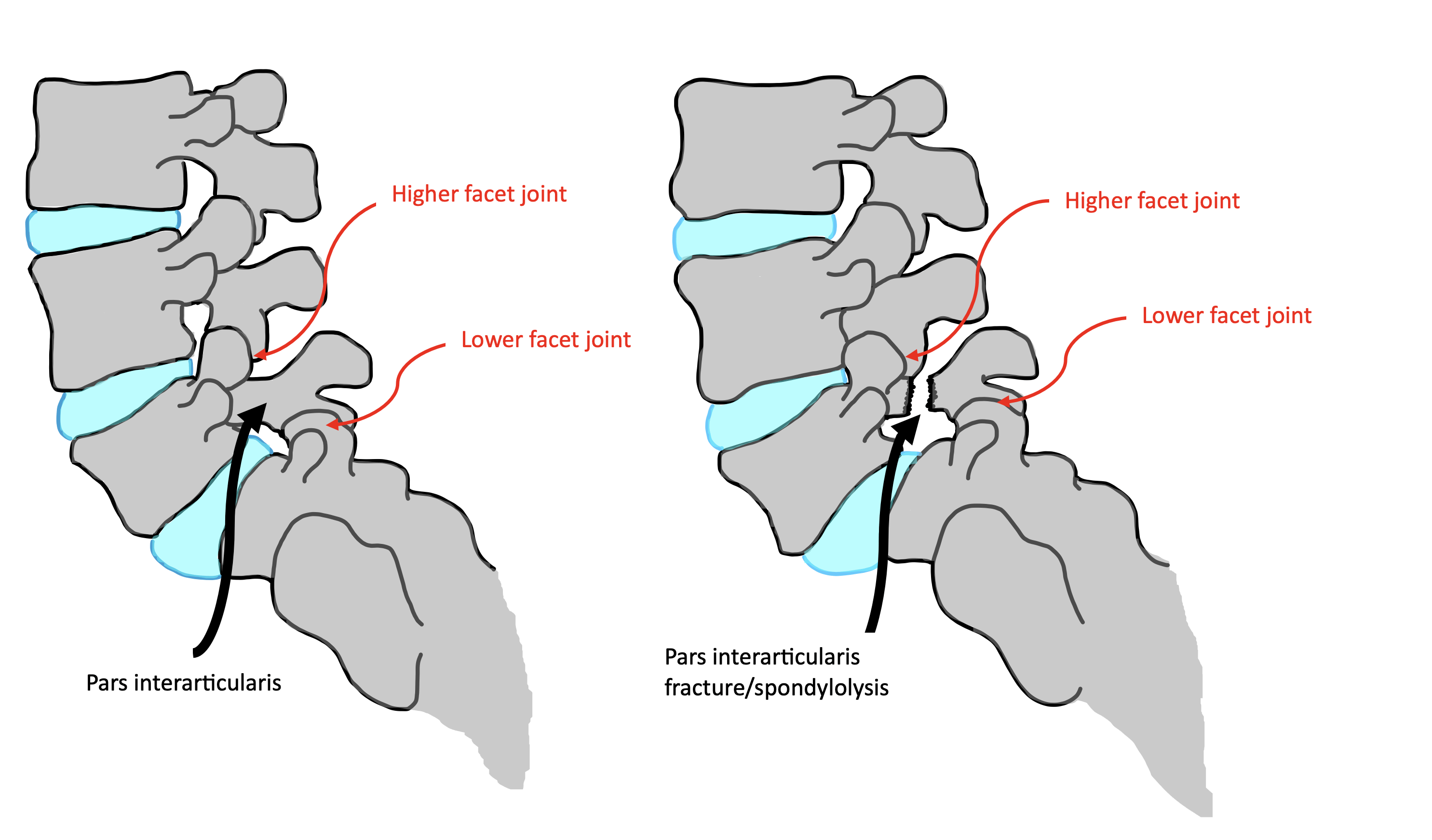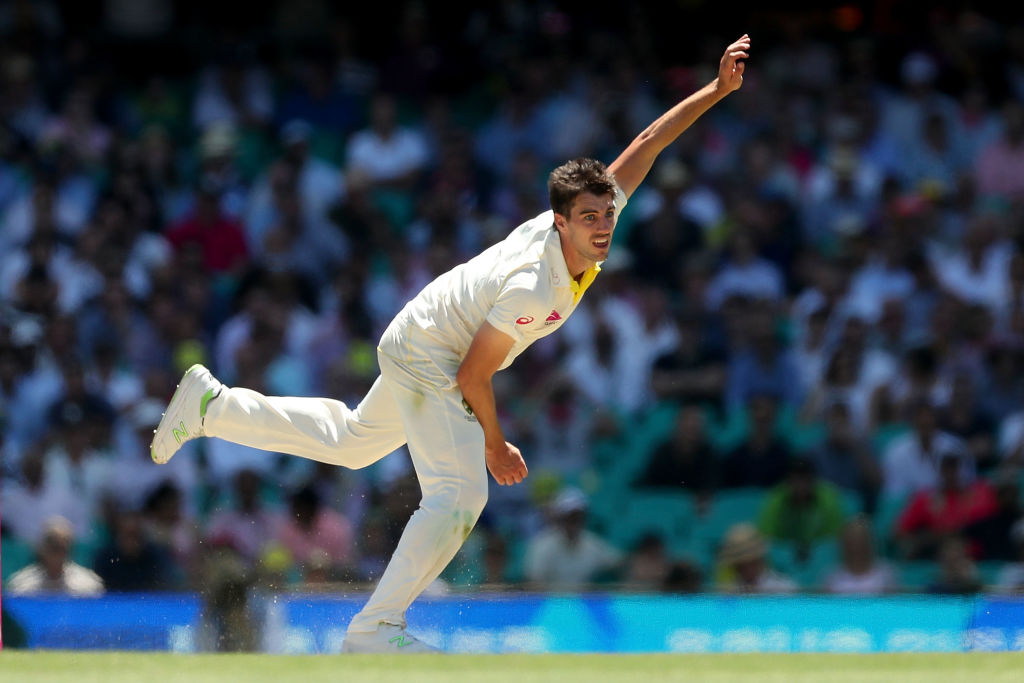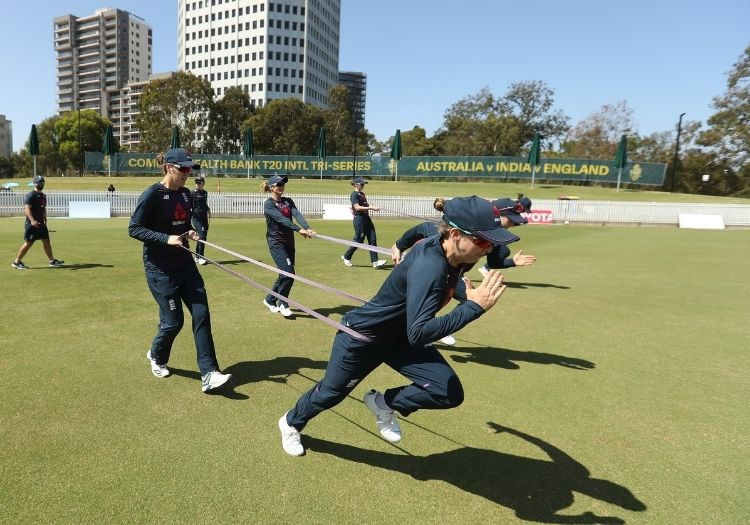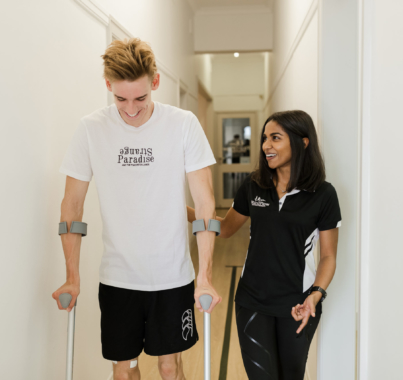Fast bowling is one of the most physically demanding movements in sport. It looks effortless on TV, a powerful run-up, a leap, a whip of the arm, but underneath every delivery is a huge amount of force travelling through the spine. It’s no surprise that back stress reactions and stress fractures are one of the most common injuries in cricket, even among the elite.
Just recently, Pat Cummins was ruled out of the First Ashes Test due to a back issue, a reminder that even the world’s best fast bowlers aren’t immune to the pressures placed on the lumbar spine.
Here’s why fast bowlers like Cummins are particularly vulnerable.
1. The Bowling Action Loads the Spine Repetitively
A fast bowler’s action combines high-speed rotation, side bending and extension of the trunk. This generates significant compressive and torsional forces through the lumbar spine, particularly around the pars interarticularis, the area most prone to stress reactions.
Now imagine this happening ball after ball, over after over. Even the most technically gifted bowlers experience cumulative load, which can lead to pain or injury

2. Mixed Bowling Actions Increase Stress
Technique matters!
A mixed bowling action, where the upper body rotates differently to the lower body, is one of the strongest risk factors for developing back stress injuries.
For elite players like Cummins, the sheer pace and intensity amplify any small inefficiencies in technique, making even minor deviations a potential problem for the lower back.
3. High Bowling Volumes = Higher Injury Risk
Back stress injuries are often as much about workload management as they are about technique.
Whether you’re playing junior cricket, club cricket, or pushing higher levels, cumulative stress from matches and training adds up and increases spinal load.
Anyone can be at risk when bowling volumes spike or recovery drops, which is why managing overs, rest and training intensity is essential for every fast bowler.

4. Strength and Mobility Imbalances
Fast bowling requires:
– Glute and lower body strength
– Robust trunk control
– Good thoracic rotation
– Hip mobility
– Strong and stable lumbopelvic stability
Weakness or stiffness in any of these areas, shifts load onto the lower back. Even world-class athletes are not immune if any part of the kinetic chain is underperforming or fatigue.
5. Fatigue = Technique Breakdown
Even experienced bowlers can lose proper technique when fatigued. Toward the end of a bowling session, trunk control can reduce, lumbar extension can increase and stride timing can become inconsistent. These changes shift more load onto the spine and surrounding muscles, increasing the risk of stress injuries.
Fatigue can also affect coordination and timing, meaning each delivery places slightly more strain than intended. This is why carefully managing workload, pacing and recovery is crucial for every fast bowler.

Final Thoughts
Fast bowlers generate elite power, which places extra load on the lumbar spine. Pat Cummins’ absence from the upcoming test highlights that back stress injuries can affect anyone, from juniors to world-class athletes.
Understanding the biomechanical and owkrload demands of fast bowling is key to reducing risk and keeping players performing at their best all season.
Monitoring early warning signs such as localised pain, stiffness or pain during running or bowling is important for all bowlers. If you notice any of these symptoms, get in touch with us at Fit and Flow for an assessment and individualised advice.









